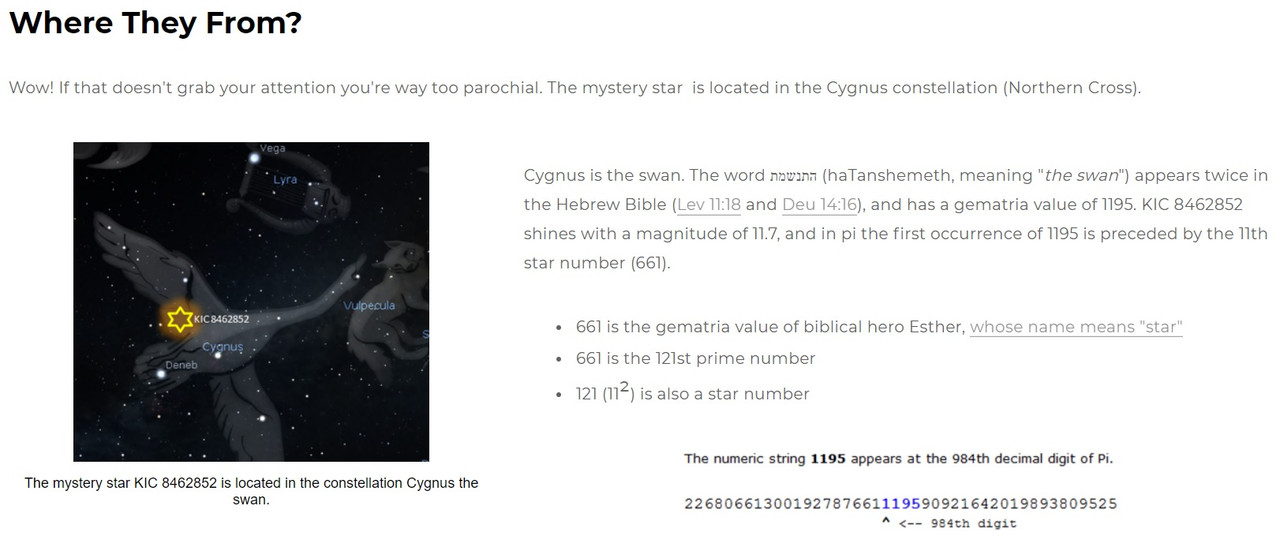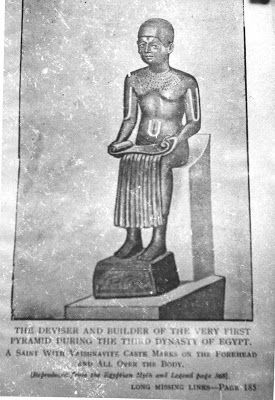When you look at the etymology of words, the constellations in the sky, the old myths, the world religions and their symbolic meanings and take them as a whole, it gives you a whole new world view.


Click images above to enlarge.
Ātman (Atma, आत्मा, आत्मन्) is a Sanskrit word which means "essence, breath, soul." It is derived from the Proto-Indo-European word *h₁eh₁tmṓ (a root meaning "breath" with Germanic cognates: Dutch adem, Old High German atum "breath," Modern German atmen "to breathe" and Atem "respiration, breath", Old English eþian). It can also be linked to the Greek word "atmos", from which the word atmosphere is derived.
Ātman, sometimes spelled without a diacritic as atman in scholarly literature, means "real self" of the individual, "innermost essence", and soul. Atman, in Hinduism, is considered as eternal, imperishable, beyond time, "not the same as body or mind or consciousness, but... something beyond which permeates all these". In Advaita vedanta, it is "pure, undifferentiated, self-shining consciousness," the witness-consciousness which observes all phenomena yet is not touched by it.
Atman is a metaphysical and spiritual concept for Hindus, often discussed in their scriptures with the concept of Brahman.







The Number 119 - the Perfect Sacrifice
The Number 1071 - Joint-heirs with Christ


This symbol represents the moon. To the ancient Egyptians, the moon represented Horus, the tides and breathing.

The Hindu architect of the pyramids looking at an unfolded architectural scroll. He is wearing Hindu marks on his body. This should underline the need to reconstruct the worldwide sway of Hinduism in ancient times currently wiped out of all history. (Published in Egyptian Myth and Legends page 368 and also in "Long Missing Links" by Aiyangar.)
The mark on this statue is called a Tilaka
Chapter 2 of the Kalagni Rudra Upanishad, a Shaiva traditional text, explains the three lines of a Tilaka as a reminder of various triads: three sacred fires, three syllables in Om, three gunas, three worlds, three types of atman (self), three powers in oneself, first three Vedas, three times of extraction of the Vedic drink Soma.





No comments:
Post a Comment
Note: Only a member of this blog may post a comment.